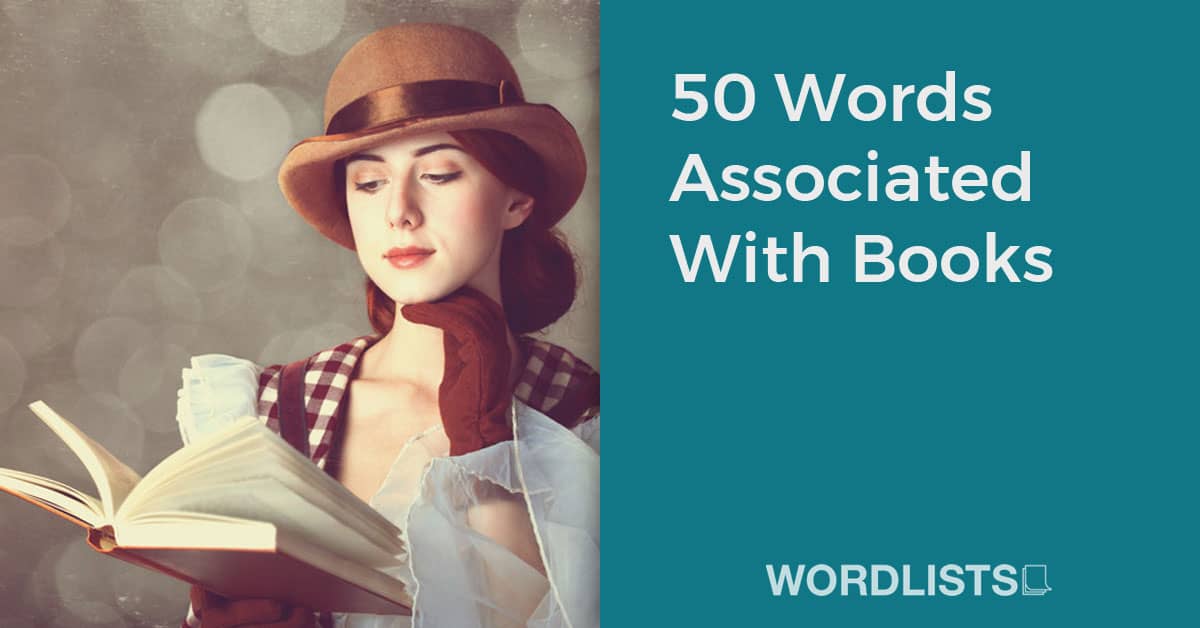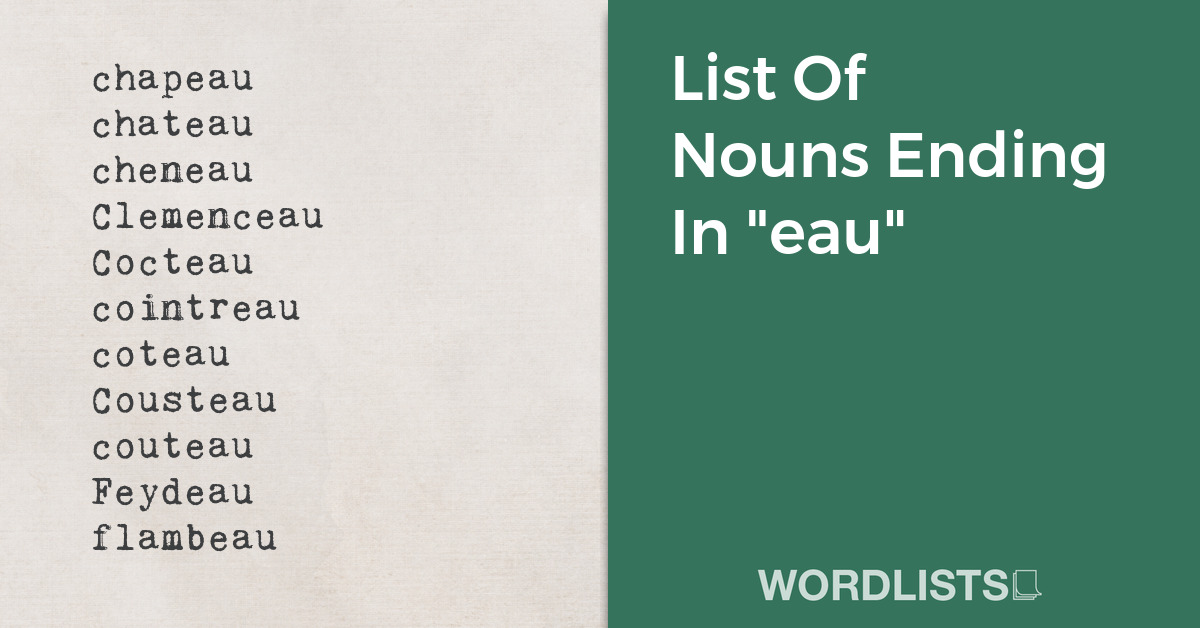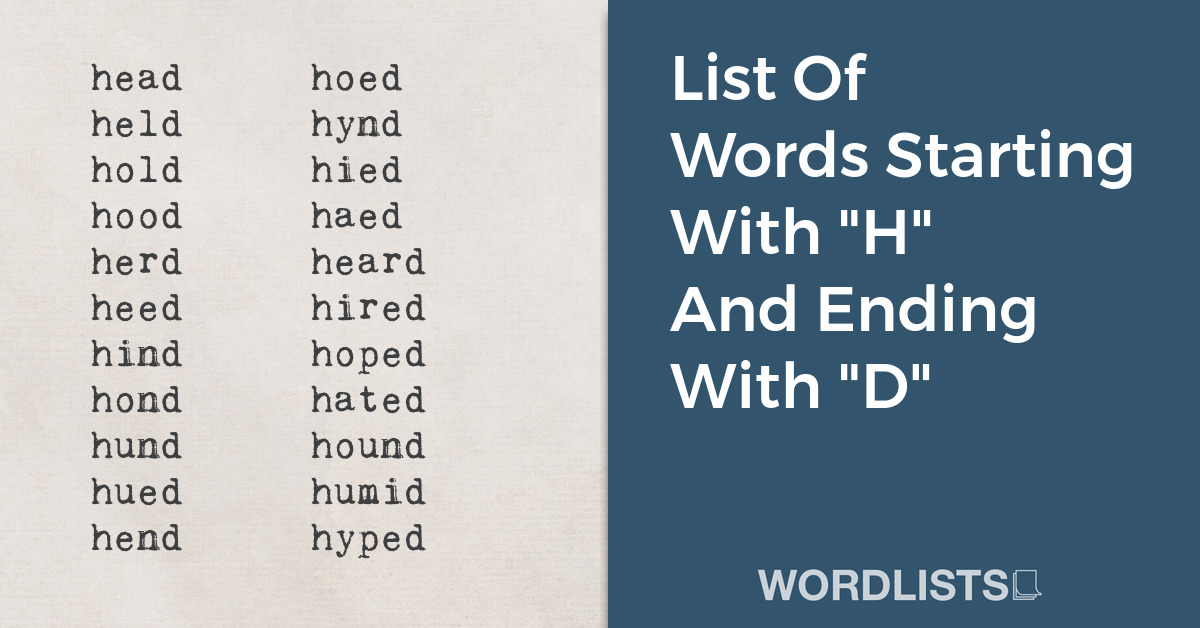Books are a universal source of knowledge, entertainment, and inspiration, and they have long been an integral part of human culture and society. From the earliest written texts to the modern e-book, books have played a vital role in the transmission of ideas and the preservation of history.
In this list, we will explore 50 words associated with books, covering everything from the physical characteristics of books to their cultural and symbolic significance. Whether you are an avid reader or simply appreciate the power of the written word, this article is sure to have something of interest to you!

Subscribe to our mailing list to receive FREE exclusive content and offers!
50 Words Associated With Books Meanings
Reading: The act of interpreting and understanding text. Reading is a fundamental skill and a primary means of gaining information, entertainment, and insight.
Literature: A broad term referring to written works, especially those considered to have artistic or intellectual value. Literature encompasses a variety of genres including novels, poetry, and plays.
Story: A narrative or tale, often involving events, characters, and their actions. Stories are a fundamental way that humans communicate, teach, and entertain.
Novel: A long narrative, typically in prose form, which describes fictional characters and events. Novels offer a wide range of genres, themes, and styles.
Biography: A detailed account of a person’s life written by someone else. Biographies often provide insight into a person’s character, experiences, and personal growth.
Autobiography: A self-written account of one’s life. It is a personal narrative that provides intimate details about a person’s experiences, thoughts, and feelings.
Mystery: A genre of fiction that involves a puzzle or unsolved crime. Mystery books often include suspense, clues, and a detective or investigator who solves the puzzle.
Thriller: A genre characterized by suspense, tension, and excitement. Thrillers often involve danger and high-stakes situations that keep the reader on edge.
Fantasy: A genre of fiction that uses magic and other supernatural elements as main plot elements, themes, or settings. Many works within this genre take place in imaginary worlds.
Science fiction: A genre that incorporates speculative elements based on science and technology. This can include space travel, time travel, advanced technology, and life on other planets.
Romance: A genre that focuses on the relationship and romantic love between two characters. Romance novels often have emotionally satisfying and optimistic endings.
Horror: A genre intended to scare or startle readers by inducing feelings of fear and terror. It often involves supernatural elements, though it can also explore real-life horrors.
Classic: Refers to a book that has stood the test of time, and is often considered to have enduring literary value or high quality.
Contemporary: Refers to books written in the present or recent times, often reflecting current trends, societal issues, and modern sensibilities.
Young adult: A genre targeted towards teenagers and young adults, typically featuring protagonists of the same age group. Young adult literature often tackles themes like identity, romance, and coming-of-age.
Children’s: Books written for children, often with simple language, colorful illustrations, and themes appropriate for a young audience.
Cookbook: A collection of recipes, instructions, and information about cooking. Cookbooks can focus on a particular style of cooking, food group, or region.
Textbook: A book used for the study of a subject, typically used in a school or university setting. Textbooks are designed to teach and provide information on a specific academic subject.
Encyclopedia: A comprehensive reference work containing information on a wide range of topics. Encyclopedias are organized alphabetically and aim to provide factual, unbiased information.
Dictionary: A reference book that contains words of a language and provides their meanings, usage, and other information like pronunciation and etymology.
Thesaurus: A reference book that lists words grouped together according to their meanings. It is a useful tool for finding synonyms and antonyms.
Journal: A publication, often academic, that is released periodically and contains articles, reports, and research papers on a particular subject.
Magazine: A publication, usually periodical, that contains a variety of articles, stories, and photographs. Magazines often focus on a particular theme or subject area.
Newspaper: A publication, often daily, containing news, articles, features, and advertising. Newspapers play a crucial role in disseminating information and shaping public opinion.
Comic book: A medium that uses sequences of panels with art, dialogue, and narrative to tell a story. Often features superheros, but encompasses many genres.
Graphic novel: A book made up of comics content. While the term could be broadly applied to any book with pictures, it is used distinctly to represent longer narratives.
Ebook: A digital version of a book that can be read on a computer, e-reader, or other electronic devices. Ebooks are often more portable and convenient than physical books.
Audiobook: A recorded version of a book or other work being read out loud. Audiobooks allow for ‘reading’ a book while performing other tasks.
Library: A place where books, magazines, and other materials (like CDs and DVDs) are available for people to use or borrow.
Author: A person who writes books, stories, plays, or other works. Authors use creativity and skill to communicate ideas, tell stories, or express thoughts and feelings.
Publisher: An individual or company that prepares and issues books, journals, music, or other works for sale. Publishers manage the production, marketing, and distribution process.
Illustrator: A person who creates pictures for books, magazines, and other publications. In books, illustrations can help to convey the story or theme.
Editor: A person who prepares the final version of a manuscript. Editors work to improve the readability of text, checking for errors and consistency in style and content.
Proofreader: A person who reviews and corrects written material. Proofreaders check for grammatical, punctuation, spelling, and formatting errors before publication.
Manuscript: An author’s original text of a book or other work before it has been printed. Manuscripts can be handwritten or typed.
Typescript: A typed copy of a piece of writing. It’s generally the result of typing a manuscript on a typewriter or computer.
Copyright: A legal right that grants the creator of an original work exclusive rights to its use and distribution, usually for a limited time.
Plagiarism: The practice of taking someone else’s work or ideas and passing them off as one’s own without crediting the original source. It’s considered unethical and can carry serious consequences.
Citation: A reference to a source of information. Citations provide evidence for claims made in a text and allow readers to trace the source of information.
Index: An alphabetical list at the end of a book that guides readers to the specific location of content in the text.
Glossary: A list of terms and their definitions that are related to the subject matter of a book, usually found at the end of the book.
Appendix: Supplementary material at the end of a book, like charts, graphs, or additional information, that helps to clarify or supplement the main text.
Preface: An introduction to a book, usually written by the author, that explains why the book was written or the author’s intentions.
Introduction: A beginning section of a book that provides necessary background information or sets the stage for the story or content that follows.
Foreword: An introduction to a book, often written by someone other than the author, endorsing the author’s work.
Prologue: An introductory part of a novel or play that sets the scene, presents some of the characters, or presents key background information.
Epilogue: A concluding section that rounds off a book, often detailing what happens to the characters after the main events of the story.
Summary: A brief overview or condensed version of the main points of a text. A summary provides a reader with a clear understanding of the main ideas without going into detailed descriptions.
Analysis: The detailed examination of elements or structure of a text. It involves breaking down a text into its component parts and understanding how those parts work together to create meaning.
Review: An evaluation or critique of a book, often summarizing the content, assessing the quality, and expressing the reviewer’s personal opinion.







